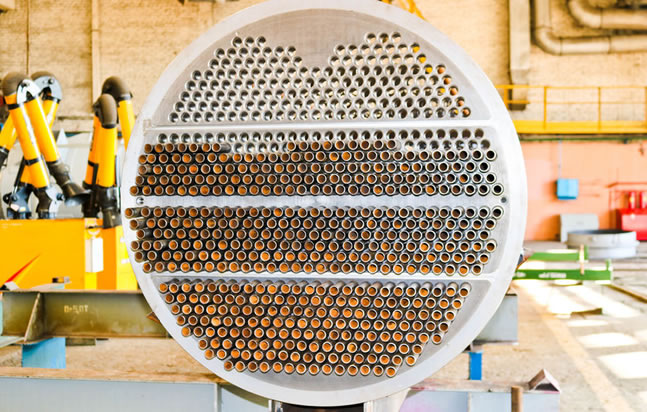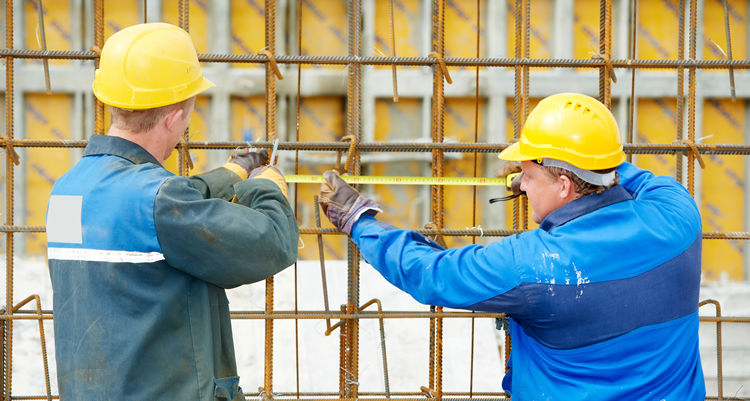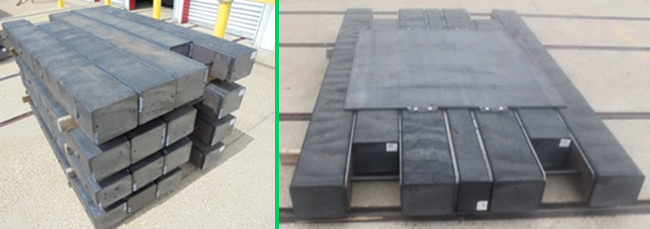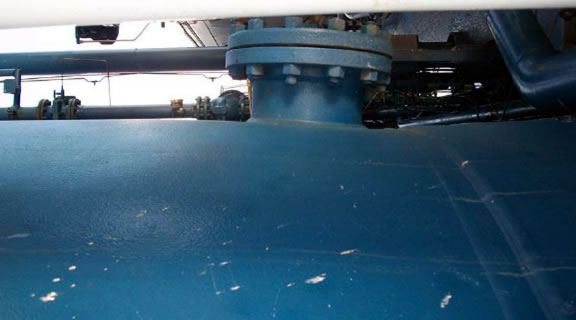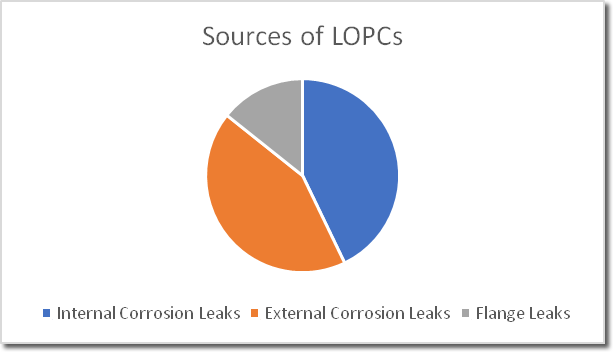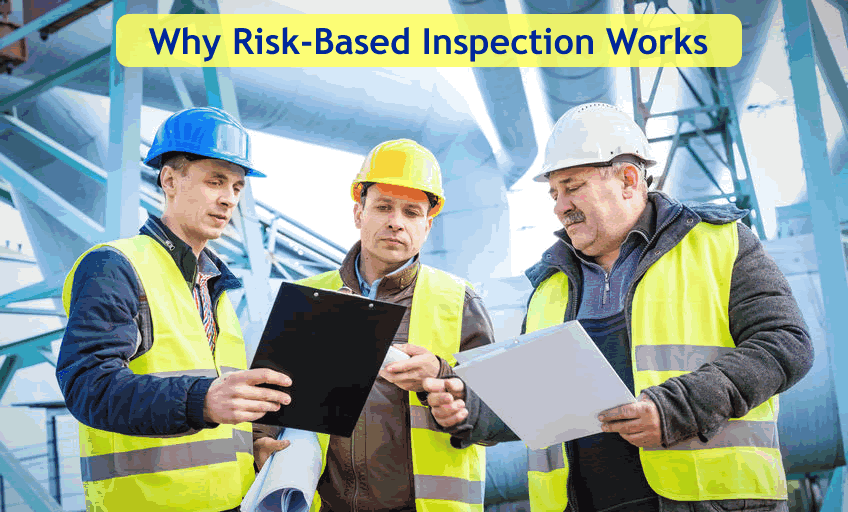Identifying Gaps in Risk Based Inspection Programs (RBI) That Impact Reliability
Risk based inspection (RBI) is a powerful tool to identify and manage mechanical integrity risks in fixed equipment and piping but is only one part of a robust reliability program. RBI informs inspection decision making on where, when and how to inspect most of equipment but is frequently misinterpreted as a “Silver Bullet” that covers […]

